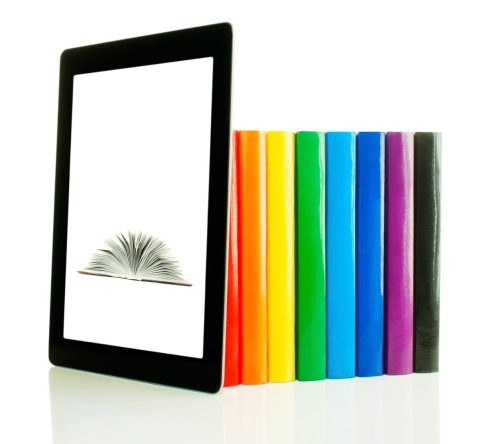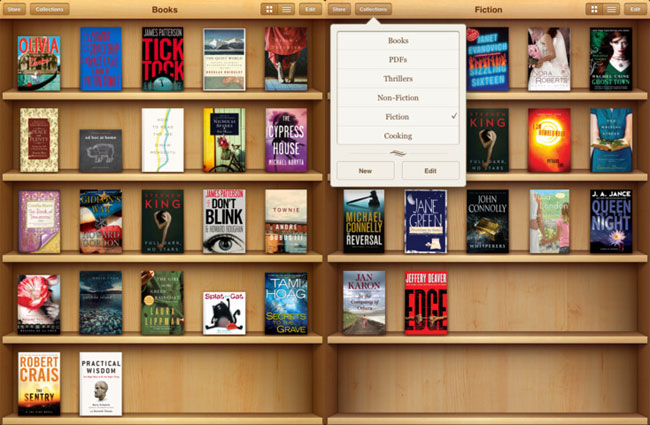Apple recently launched it’s an updated iBooks app to support various new features, most of which are well-suited to launch Apple well into $10 billion per year textbook market. Apple’s description of iBooks 2.0 shows their intention to innovate the way students learn:
- Experience gorgeous Multi-Touch textbooks designed for iPad
- iBooks textbooks are filled with interactive features, diagrams, photos, and videos
- Tap to dive into images with interactive captions, rotate 3D objects, swipe through image galleries, watch videos in full screen, and more
- Use a finger as a highlighter when swiping over text in a textbook
- Take advantage of Study Cards to help you memorize important highlights, notes, and glossary terms
- Tap glossary terms to see definitions of key topics and concepts without leaving the page
In addition to launching the updated iBooks app, Apple also released iBooks Author. With this free iBook creation tool, which runs much like Apple’s iWork suite of products, Apple seeks to give publishers an easy way to create textbooks to fill the iBookstore.
With a recent report showing that the iPad representing 6 out of every 10 tablets in the world and 15.4 million shipped in 2011 Q4 alone, Apple continues to retain the lead in tablet market share. However, devices like Amazon’s Kindle Fire and Barnes & Noble’s Nook Tablet are helping Android to close the market share gap. Apple’s slowly decreasing tablet market share is one reason that some folks remain skeptical about how big their splash into the textbook market will be:
One thing the company did not announce is that the app is coming to other platforms. Granted, the iPad is still the leader of the tablet market, but Android is slowly catching up and Amazon just released a device geared toward content consumption that costs less than half of the entry level iPad. And it’s growing fast.
Of course, Apple ultimately wants to sell more of its hardware, but if it really wants its textbook initiative to truly take off, it will have to develop apps for other platforms, just as Amazon has done with its Kindle apps.

While the skeptics have spoken, many in the textbook industry are keeping a close eye on Apple’s first steps into the market that has long been dominated by print and resale companies. A story of how Apple is creating a wrinkle in one start-up’s plan tells the story:
But while Chegg, based in Santa Clara, Calif., has been investing “tens of millions of dollars” in technology that helps it to determine the best price to buy, sell and rent books, the industry is changing around it.
Today Chegg charges between $10 and $174 for a textbook rental of up to 125 days. The continued growth in e-textbooks, which Chegg already sells, could crush Chegg’s traditional business. Apple in late January announced that it will sell $15 electronic versions of K–12 textbooks, which usually sell for $75. Colleges and publishers are starting to offer lower-priced digital course material, and Amazon and Barnes & Noble are offering cheaper shipping costs and rental options for traditional textbooks.
With a recent study showing that digital textbook sales will represent nearly one-fifth of the textbook market in five years, it brings great credence to the concern of those who remain on the traditional side of that market. An even more important figure is $2 billion, which is the value of one-fifth of the textbook market today. Considering the staggering growth of the tablet market in the past years, we expect great strides will be taken by Apple and their competitors to reach into the textbook industry even more in the near future. There are few industries that have the size and long-term stability as those which serve the Education sector.



